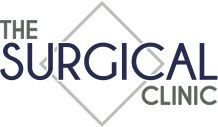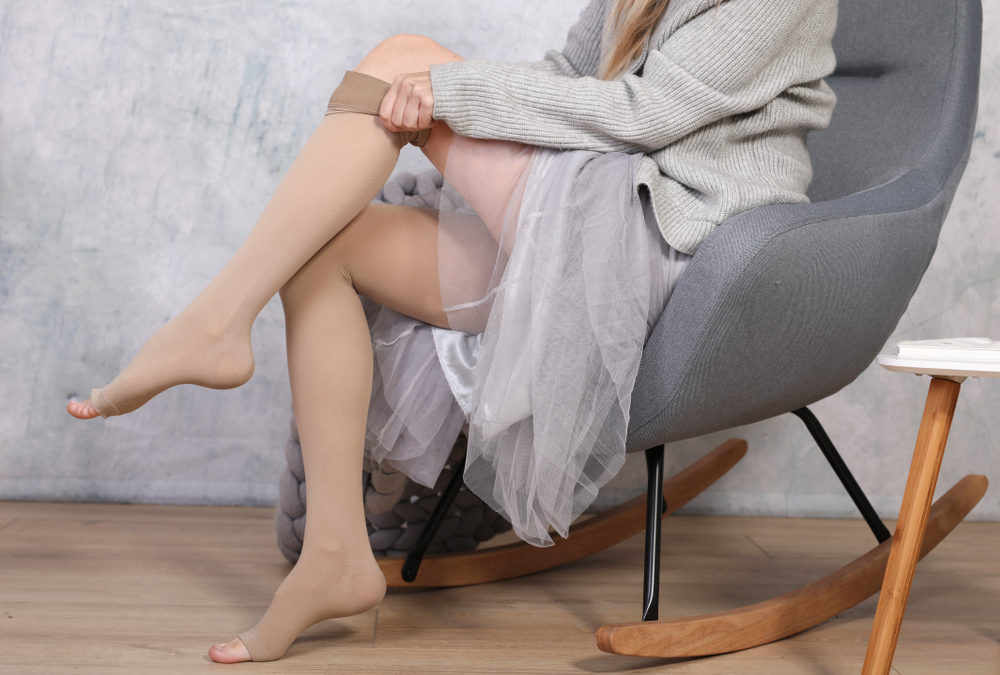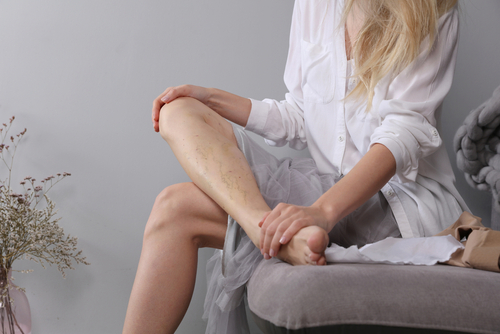As a Vein Specialist Surgeon at The Surgical Clinic, I treat patients who have many types of problems with veins and arteries. However, varicose veins are a complaint that has enormous health risks for patients and a large economic cost to the workforce when the condition is left untreated.
Therefore, varicose vein treatment is a lot bigger deal than simply fixing the appearance of your legs!
The Need for Varicose Vein Treatment
Varicose veins constitute an increasing problem in the United States. The presence of superficial venous insufficiency and the accompaniment of pain, heaviness, and swelling affects up to 40% of the population.
More severe complications include thrombophlebitis, hemosiderin deposition, and venous stasis ulcerations. Untreated, these complications not only lead to costs in the hundreds of millions in health care dollars, but also in time lost in the workforce.
Today, we have a variety of varicose vein treatment options available. These include radiofrequency closure, endovenous laser ablation, mechanical and chemical closure (MOCA procedure), and foam sclerotherapy (Varithena). Microphlebectomy is also an excellent option for the varicose veins themselves.
The Vein Centre is the only comprehensive facility in Nashville that offers all these options to patients. All treatments are done in the outpatient setting and most are performed under local anesthesia. In addition, Intravenous sedation is offered to many patients. The results of these treatments have been excellent. Over 10,000 procedures have been successfully accomplished.
Why Get a Varicose Vein Treatment in Tennessee?
There are many reasons to get treatments to remove your varicose veins. Some vascular treatments are for health issues and some are for aesthetic concerns. Treatments for varicose veins depend on several factors:
- If the veins are painful or are causing discomfort
- Removal of visible veins for cosmetic reasons
- Skin ailments due to poor circulation
- What treatments your insurance will cover
Related: Vein Pain: Solutions for Varicose Veins
Deep Venous Systems
Chronic venous insufficiency can be caused by deep or superficial venous problems. Deep venous insufficiency is most commonly caused by primary valve incompetence and deep venous thrombosis.
More recently, it has been shown that valvular incompetence is a possible sign of proximal venous obstruction. Most commonly, the cause is venous narrowing at the pelvic arterial branch point, predominantly at the aortic/inferior vena cava bifurcation (May-Thurner).
Most patients present with isolated left limb swelling. Ultrasound and CT scanning are usually done predominantly to rule out other extrinsic causes of obstruction including tumor and lymphadenopathy.
In the absence of these lesions, venography and intravascular ultrasound (IVUS) are the diagnostic tests of choice. Treatment is usually done at the time of venography if indicated. The treatment of choice remains large diameter stents placed in the light of narrowing. Long-term patency is excellent.
Types of Varicose Vein Treatments
If you have varicose veins, don’t suffer in silence! Get help TODAY by taking a look at the different ways that we can treat your condition.
Varicose vein treatments vary depending on the severity of symptoms and the location of the pain. However, all include some form of either invasive or non-invasive treatment procedures to improve leg circulation.
Non-invasive options such as compression stockings are often recommended for those with milder cases who wish to avoid surgery. For more severe conditions, surgical intervention is necessary.
Sclerotherapy
There are two types of sclerotherapy. One is standard sclerotherapy and the other one involves foam.
- Standard sclerotherapy is a procedure that injects a solution into the veins, which leads to scarring and closing of the specific area. Once closed, blood can no longer pool in this vein anymore so it shrinks and fades over time! It’s an easy way to get rid of varicose veins without surgery or anesthesia. In some cases, you may need more than one injection before results are seen but overall it’s pretty simple with minimal risks involved when performed by certified vascular surgeons.
- Foam Sclerotherapy is a popular treatment option for people with larger varicosities or veins that are not responding to standard sclerotherapy. The procedure includes injecting foam solution into the vein and using it as an adhesive sealant, so you don’t have any leakage afterward.
Laser Surgery
Laser surgery for varicose veins is considered a newer technological advancement. This procedure involves the use of lasers to emit high-frequency light pulses into the affected vein and over time, treated veins will begin to fade away!
Treatments may need to be repeated in order for the best outcome but treatment can take place without anesthesia.
Catheter Assisted Radio Frequency or Laser Energy Procedures (Ablation)
This procedure uses a catheter heated by radio frequencies of laser energy to heat seal the affected vein. A small catheter is introduced into the vein and is then removed and sealed with cauterization or burning.
This treatment is usually reserved for large varicosities that have been giving you pain in your leg along with skin changes. The process can be performed in an outpatient setting by a certified interventional radiologist (IR) or certified interventional radiologist.
Ligation and Vein Stripping
The procedure uses a series of small incisions to access the affected vein and ligate, or tie off. Removal of the affected areas does not affect circulation as larger veins in the legs will pick up the displaced blood.
Vascular surgeons perform this process either in an outpatient surgery suite or operating room in Tennessee depending on the size and severity of varicose veins. Local, regional, and general anesthesia may be used based on risk factors involved with any given case.
Ambulatory Phlebectomy
Ambulatory phlebectomy is a similar procedure to vein stripping, but less invasive. The doctor will remove small pieces of the affected veins through tiny puncture sites in your skin.
These procedures can be done at an outpatient surgery center or with a specialist’s office if it is properly equipped–minimizing scars and making recovery times shorter than other surgeries like ligation and stripping for varicose veins.
Endoscopic Vein Surgery
Endoscopic vein surgery uses a thin video camera inserted into an affected area of varicose veins through small incisions. With surgical instruments, blood vessels are closed off or removed entirely so as not to let any more blood flow through.


